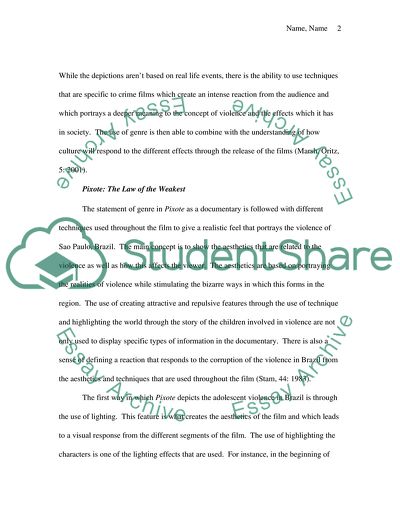Cite this document
(The Concept of Violence Among Adolescents in Brazil Research Paper, n.d.)
The Concept of Violence Among Adolescents in Brazil Research Paper. Retrieved from https://studentshare.org/visual-arts-film-studies/1747123-comparison-of-pixote-the-law-of-the-weakest-and-city-of-god
The Concept of Violence Among Adolescents in Brazil Research Paper. Retrieved from https://studentshare.org/visual-arts-film-studies/1747123-comparison-of-pixote-the-law-of-the-weakest-and-city-of-god
(The Concept of Violence Among Adolescents in Brazil Research Paper)
The Concept of Violence Among Adolescents in Brazil Research Paper. https://studentshare.org/visual-arts-film-studies/1747123-comparison-of-pixote-the-law-of-the-weakest-and-city-of-god.
The Concept of Violence Among Adolescents in Brazil Research Paper. https://studentshare.org/visual-arts-film-studies/1747123-comparison-of-pixote-the-law-of-the-weakest-and-city-of-god.
“The Concept of Violence Among Adolescents in Brazil Research Paper”, n.d. https://studentshare.org/visual-arts-film-studies/1747123-comparison-of-pixote-the-law-of-the-weakest-and-city-of-god.


